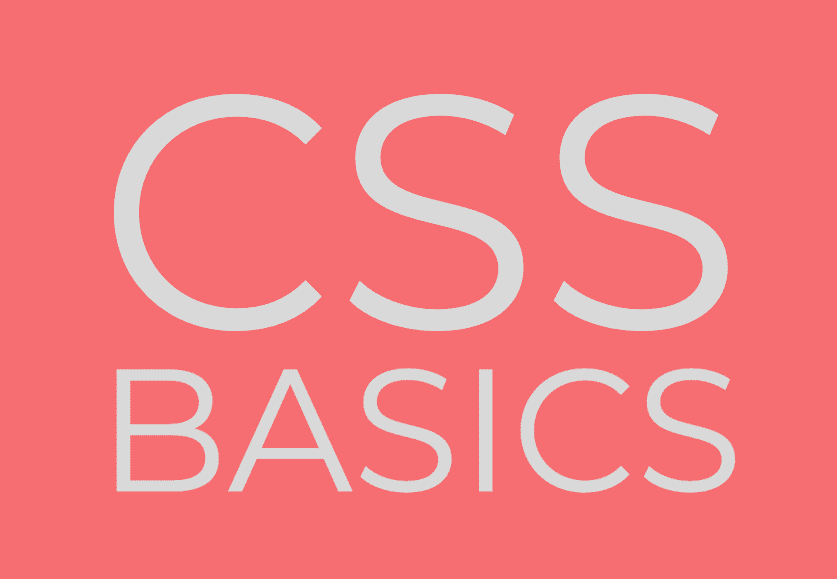A CMMS (Computerized Maintenance Management System) is a software tool that can help manage maintenance activities in a company. A CMMS can increase a company’s growth in several ways:
- Improved equipment uptime: With a CMMS, companies can schedule preventive maintenance activities, reducing the risk of unexpected equipment downtime. This can improve equipment uptime and reduce production delays, leading to increased efficiency and productivity.
- Reduced maintenance costs: A CMMS can help identify maintenance needs and prioritize them based on their criticality. This helps reduce maintenance costs by allowing companies to focus their resources on the most important maintenance activities.
- Better asset management: A CMMS can provide companies with detailed information on their assets, including their maintenance history, usage, and performance. This information can be used to optimize asset usage, improve asset performance, and reduce asset downtime.
- Improved safety and compliance: A CMMS can help ensure that equipment is properly maintained and inspected, reducing the risk of accidents and ensuring compliance with regulatory requirements.
- Enhanced data analysis: A CMMS can collect and store data on maintenance activities, which can be used to identify trends and make data-driven decisions. This can lead to process improvements, increased efficiency, and better decision-making.
A CMMS manage crises
A CMMS can be used to manage crises related to maintenance activities in several ways:
- Notification and escalation: A CMMS can be configured to send notifications to key personnel when maintenance activities are delayed, critical assets fail, or other issues arise. This ensures that the right people are aware of the situation and can take action to resolve it.
- Prioritization: A CMMS can prioritize maintenance activities based on their criticality and impact on production. In a crisis situation, this allows maintenance teams to focus on the most critical issues first, ensuring that production downtime is minimized.
- Resource allocation: A CMMS can allocate resources, such as personnel and spare parts, to maintenance activities based on their criticality and impact on production. This ensures that resources are used efficiently and that critical assets are restored as quickly as possible.
- Collaboration: A CMMS can facilitate collaboration between maintenance teams, operations personnel, and other key stakeholders. This allows for a coordinated response to crisis situations, ensuring that everyone is working together to resolve the issue.
- Data analysis: A CMMS can collect and analyze data on maintenance activities, asset performance, and maintenance costs. This information can be used to identify trends and make data-driven decisions about crisis management, including prioritization of maintenance activities, resource allocation, and process improvements.
A CMMS is a management tool
There are some of the ways in which a CMMS can be used as a management tool. In asset management, the CMMS can be used to manage all the assets in a company, including their maintenance history, usage, and performance. This allows for optimized asset usage, better asset performance, and improved asset lifecycle management. Also, for the work order management which can be used to manage work orders for maintenance activities, including scheduling, assignment, and tracking. This ensures that all maintenance activities are completed on time and within budget.
Inventory management, the software can be used to manage spare parts and consumables needed for maintenance activities. This includes tracking inventory levels, ordering new parts when needed, and ensuring that there are no stock shortages that could delay maintenance activities. Reporting and analysis: A CMMS can be used to generate reports on maintenance activities, asset performance, and maintenance costs. This information can be used to identify trends, analyze data, and make data-driven decisions about maintenance activities and asset management. Finally, for the integration with other systems, the solution can be integrated with other systems, such as enterprise resource planning (ERP) systems, to share information on maintenance activities and assets. This allows for a more comprehensive view of asset management and maintenance activities across the company.


0 Comments